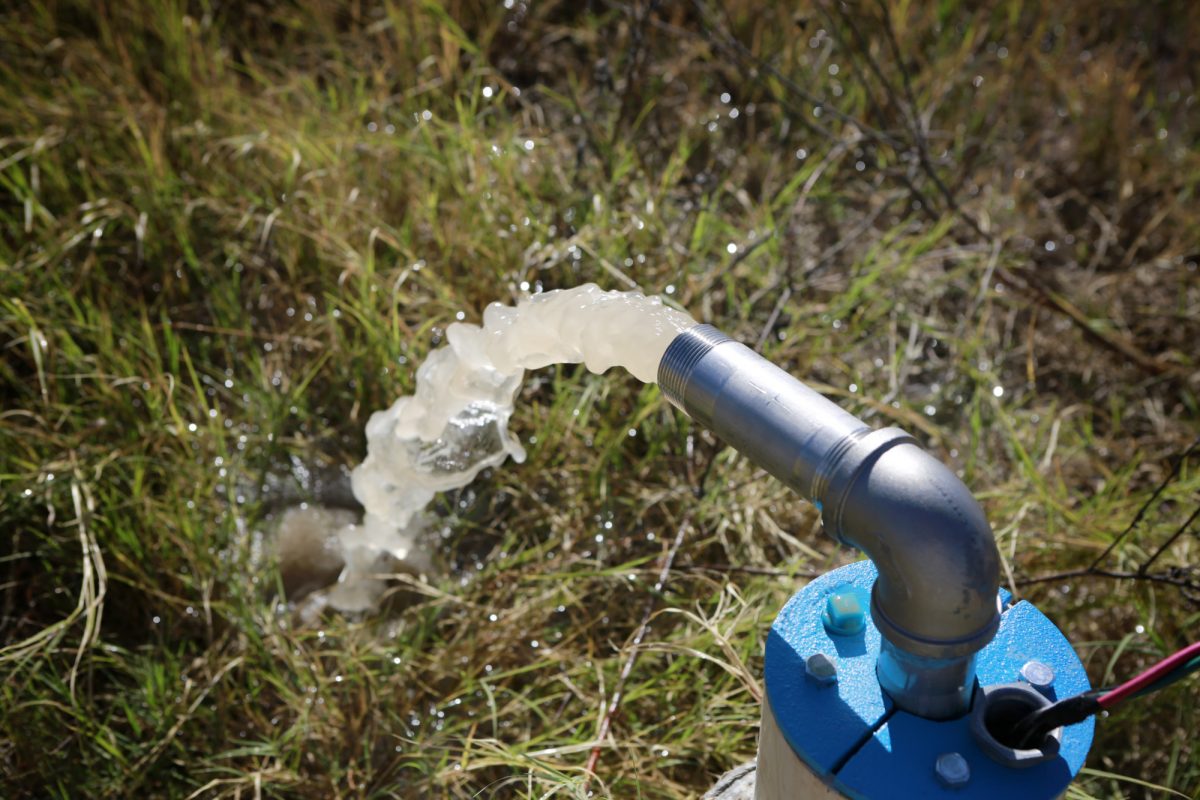If you live in a city or suburban area, you likely have water that’s distributed via your locality.
However, for those who are a new well candidate, there are a few important things you should know.
Check out this handy guide that will tell you what many new well customers experience so you can be prepared for the change.
Water Quality Varies
Depending on where you live, the quality of your well water can vary greatly. You may live in a desert area where the water is full of minerals, or you could live in the mountains and get clean, clear, fresh water all the time. Quality can even vary greatly from mile to mile, every well is unique.
Consult with the EPA if you have any questions about the quality of water. Dwyer Water Wells strongly recommends having an extensive analysis performed that will look for things like potential diseases and other serious issues. It’s important to note that some areas of the country require the Board of Health to certify that the water is safe.
You Need a Test for Your New Well
Whether you’re having a brand new well drilled or the well has been there for decades, you should always have a professional well test performed. This test will determine the rate of water flow so you know that the well and pump system is performing properly for things like appliances, irrigation systems, and bathrooms.
The well test comes at a cost, but it’s important to note that many home lenders lend on a property without one. It will also give you peace of mind knowing that the well is producing at the volume it should be.
This test will check for a variety of things like mineral content, turbidity, and volume.
New Well Cost Considerations
If there is no well currently on your property, you’ll need to have one drilled. The cost of drilling can vary greatly and mostly depends on how deep the well company will need to drill. Another consideration is the intended use of the well. This dictates the size of pump needed to take care of you needs. Several design factors go into a pump system, make sure you hire a licensed and competent professional for your investment.
Studies have found that the cost of ownership on a properly maintained well system is much more economical than the initial and ongoing cost of a public water supply. On average, the cost for a new well with a pump system ranges anywhere from approximately $5,000 to upwards of $20,000. Make sure you consider this factor when deciding what your water source will be.
Life Expectancy of a Well
Most wells should last anywhere from 30 to 50 years, but they may even last longer depending on how the well is maintained. If you’re looking at a property with an old existing well, consider the cost of replacing parts like the pump and factor that into your budget. Call Dwyer Water Wells to schedule a well assessment and get an idea of what may be needed and an approximate cost for those repairs.
Most well pumps last around ten years, so a newer pump will provide water to you for many years to come. If you’re ever in doubt about the condition of your well, contact a licensed professional who can perform a thorough inspection.
The Benefits of Well Water
While there may be some upfront costs applied to your new well, you’ll no longer need to worry about paying a monthly water bill. Well water has many benefits as long as you know what to expect.
Contact us today for well services and visit our blog for more information about well water, helpful tips, and more.

